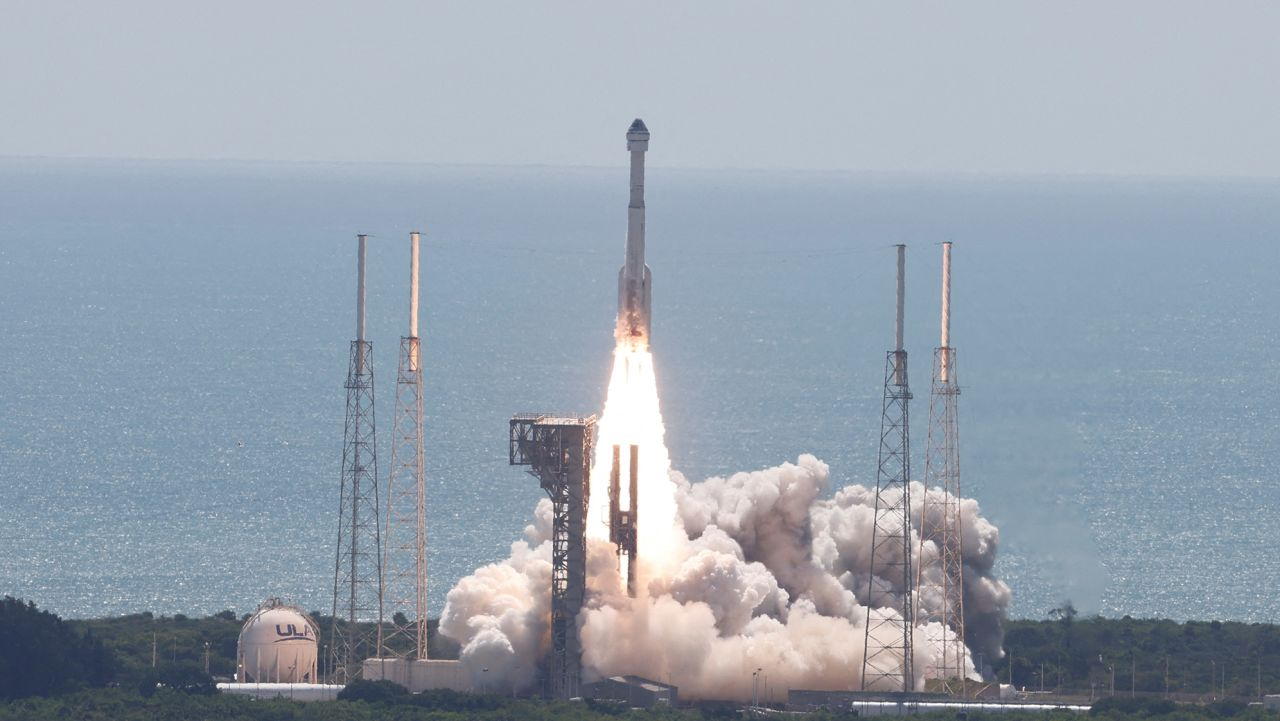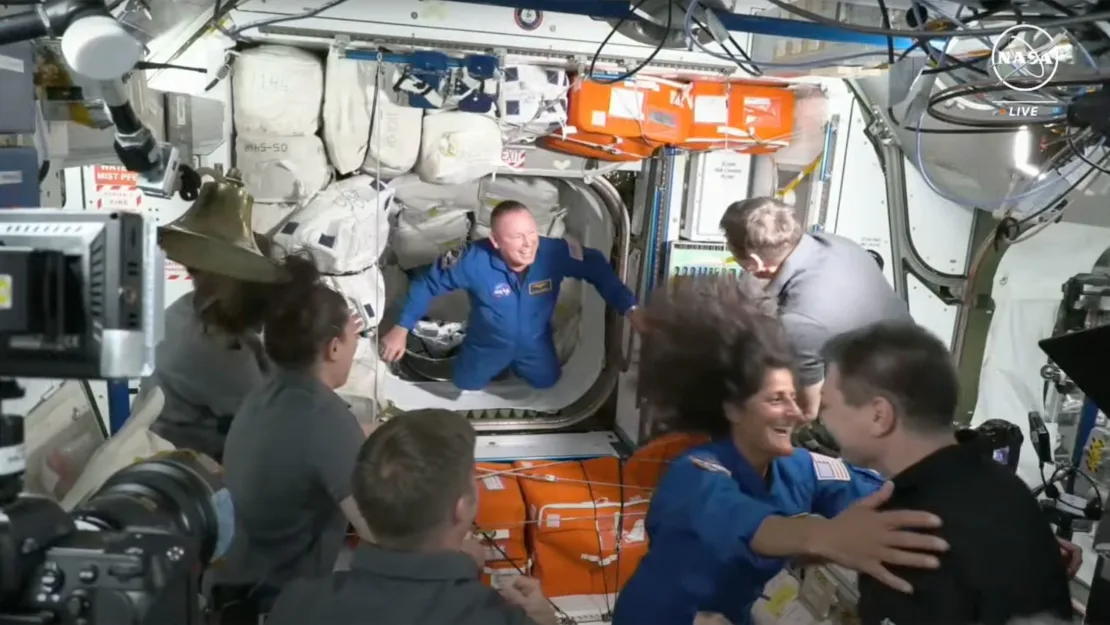Two US astronauts who travelled to the International Space Station aboard Boeing’s Starliner on 5 June may return on a SpaceX vessel next year, NASA has said.
Astronauts Sunita Williams and Butch Wilmore were originally scheduled to remain on the station for eight days, but have remained in space while engineers analysed issues that cropped up with Starliner during their flight from the surface.
The issues included helium leaks in the propulsion system and several of Starliner’s thrusters shutting down.
In past briefings NASA has downplayed the possibility that Starliner might not be used to return Williams and Wilmore to the surface, but the agency said this was now more of a definite possibility.

Technical glitches
The move would be an embarrassment for Boeing, which has already written off $1.5 billion (£1.2bn) of unplanned costs for the long-delayed Starliner programme and on 1 August added a further $125m to that total.
The June mission had been intended to be a validation for use of Starliner to carry crew regularly into space.
NASA said it has delayed a SpaceX Crew Dragon mission originally planned for 18 August as part of its contingency plan. The flight is now schedled for no earlier than 24 September.
Sometime in the next few days the agency will decide whether to use that SpaceX mission, known as Crew-9, to eventually ferry Williams and Wilmore back to Earth next year.
Crew Dragon missions usually carry four astronauts, but under the contingency plan two of those seats would be left vacant.
Williams and Wilmore would then join those two astronauts for their previously scheduled six-month stay aboard the ISS, returning with them in February 2025 after about eight months in space, instead of eight days.

Uncrewed return
In the meantime Starliner would return to Earth under remote control in early September, freeing up a docking space for Crew Dragon.
NASA director of space operations Ken Bowersox told reporters that chances of an uncrewed return for Starliner had “increased a little bit based on where things have gone over the last week or two”.
Boeing said in a statement last week: “We still believe in Starliner’s capability and its flight rationale. If NASA decides to change the mission, we will take the actions necessary to configure Starliner for an uncrewed return.”
Last week NASA used a SpaceX rocket to deliver more food and supplies to the ISS, including extra clothes for Wilmore and Williams.
SpaceX is also developing the larger Starship rocket for NASA under a programme to take humans to the Moon and eventually Mars.





